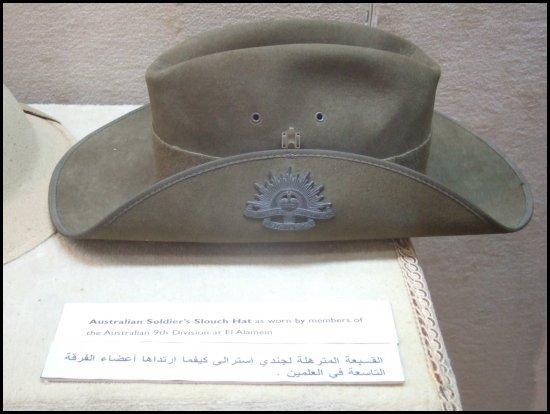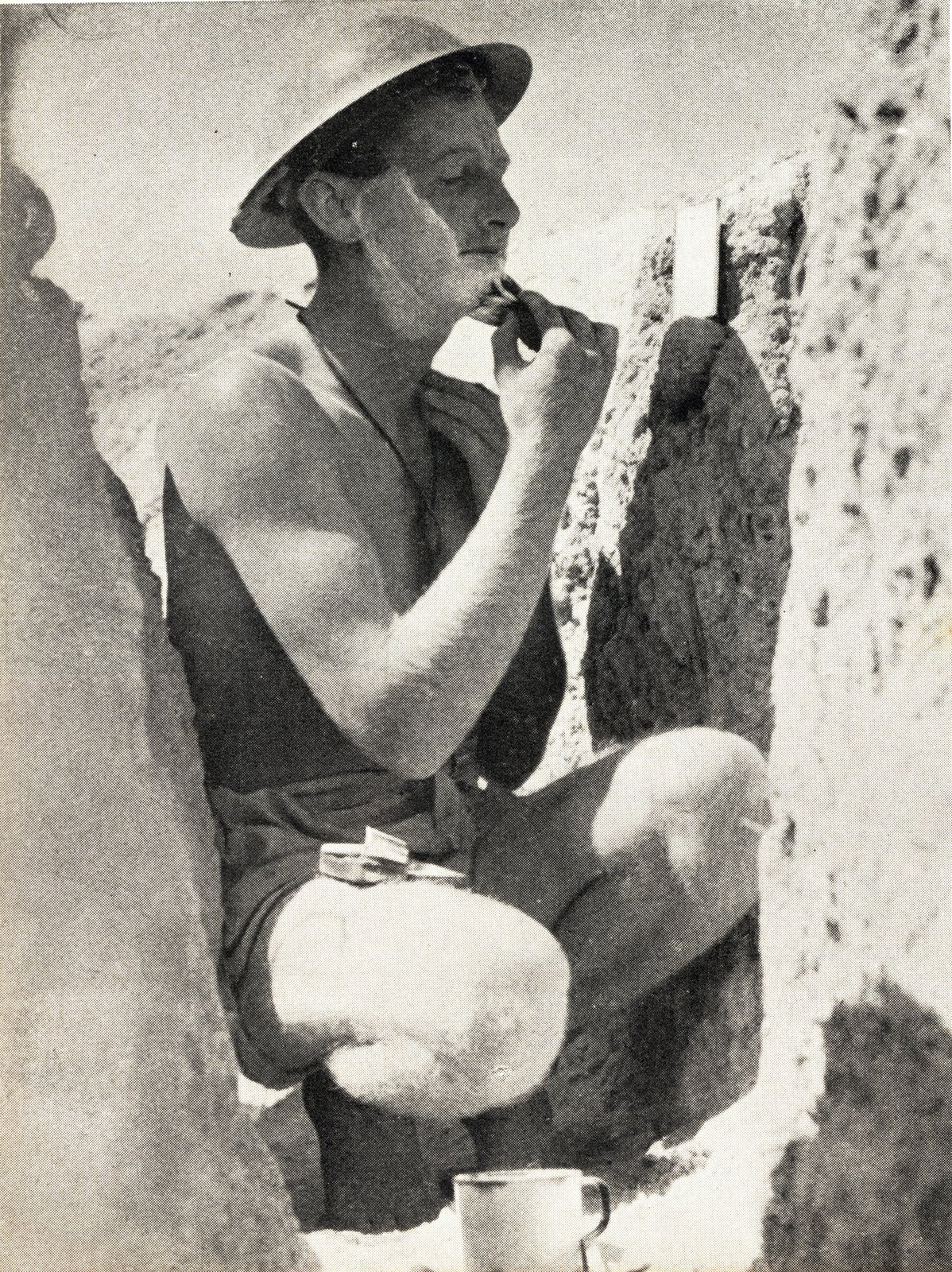Saturday, September 13, 2008
[Image] Unrewarded 2/13th Valour
Saturday, September 6, 2008
[Image] The last men standing at Tobruk
[Image] 2/13th goes through the wire at R27.
Monday, September 1, 2008
[Image] 20th Brigade Colour Patches
 2/15th Infantry Battalion
2/15th Infantry BattalionQueensland.

2/17th Infantry Battalion
New South Wales.
These are the felt colour patches worn by the members of the 20th Brigade of the 9th Australian Division. The felt colour patch is worn on the upper outer sleeve of the tunic on both the left and right arms. They differ from other patches that were worn by other members of the AIF in the Second World War in that they are shaped like the letter 'T' whereas members of the 6th, 7th (except the 18th Brigade) and 8th Divisions wore a patch in the shape of a diamond separated into a top half colour and a bottom half colour.
The significance of the colour patches as worn by the 9th Division and members of the 18th Brigade of the 7th Division is that the shape has been varied from the AIF standard diamond to that of the letter 'T' in tribute to the Battalion's involvement in the defence of Tobruk. It was a badge that the Rat's wore with pride. When on leave everyone knew they were the one's who stopped Rommel in his tracks for so long.
The grey outline signifies the 9th Australian Division, the green border belongs to the 20th Brigade and the 'T' shape is in the individual battalion colours, the 2/13th was black, the 2/15th was purple and the 2/17th was white.
The changing of the colour patch's shapes, in recognition of the men involved in the Siege of Tobruk, has only ever been done this once in the entire history of the AIF.
This is one of the best indications of the significance of the action that the 9th Division was involved in at Tobruk was not lost on the Army. The Army changed nothing in recognition of deeds performed during World War One. This to me is one of the highest honours that the Army ever placed on the 9th Division.
colour patch images General Collection Australian War Memorial.
Tuesday, August 5, 2008
[Image] 2/13th Mortar support at Tel el Eisa
You can see what appear to be vehicles of some description on the horizon. Whatever they are they are above ground level and in this case a very valid target. You can see also a plume of smoke in the distance in the direction of fire of Pvt. Myers’ mortar. There also appears to be another dug in position several hundred yards in front of Pvt. Myers’ position. As he is firing live rounds in that direction my guess is that’s where Gerry calls home.
This photo taken not far above ground level can give you an appreciation of just how dangerous it would be to be caught in the open of the desert during a shell attack. Your only hope would appear to be to keep moving forward.
Pvt. Myers seems to have quite a bit about the top of his weapons pit. A Lee-Enfield .303 rests on the sandbags behind him as too does his cigarettes and matches. He looks like he has more mortar ammo to his right within easy reach and he is wearing the commonwealth Tin Hat with hessian cover.

images 0941967 and 041968 Australian War Memorial.
Saturday, August 2, 2008
[Image] The Gateway to Fortress Tobruk
The gateway to the heart of Tobruk and it's inner defenses and harbour lay through the southern approaching El-Adem Road. It is at this point that Rommel first probed the defenses of the Garrison in the Easter Battle of 1941.
This heavily fortified and defended position is guarded by Pvt. Earl of the 2/13th Battalion. I have not been able to identify this digger any further at this stage. He sits astride a concrete pillar with his Lee-Enfield .303 with fixed bayonet. Being on the line he is also wearing his Tin Hat.
The gateway was surrounded by an anti-tank ditch and huge amount of barbed wire. The steel poles set into the concrete could be slid back to allow access for approved vehicles. Interestingly, when Rommel's tanks did first attack Tobruk in this area they chose not to breech the line at this point. That was one of their only wise decisions that weekend.
image 007499 Australian War Memorial.
[Image] For a hard earned thirst...
 ...you need a big cold beer
...you need a big cold beerFriday, July 25, 2008
[Image] 9th Division Bren Gunner at Tobruk.














